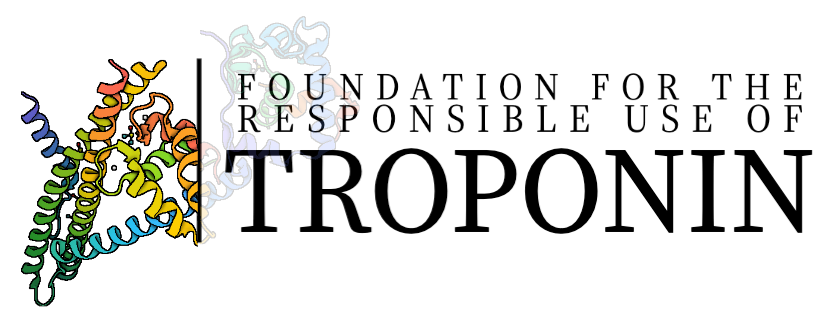Troponins are a class of proteins that play a master regulatory role within the sar-comeres of striated muscle. Owing to their importance, they are evolutionarily conserved, and first appeared in organisms 250 million years ago, before mammalian and avian evolution diverged [2]. The Tn complex is a heterotrimer consisting of troponin C (TnC), troponin T (TnT), and troponin I (TnI) subunits, which associate closely with tropomyosin on the thin filament (actin) [3] (Figure 1). Based on the sliding filament theory, muscle contraction involves interaction between actin (the thin filament) and myosin (the thick filament); myosin exhibits ATPase activity that propels the motion of interdigitated thick and thin filaments past one another through a conformational change in protein structure known as the power stroke [4]. Interaction between actin and myosin is inhibited by the protein tropomyosin and promoted by surges of cytosolic calcium [5]. By virtue of their localization on the thin filament, and interactions with tropomyosin, Tn are well-poised to modulate muscle function.
